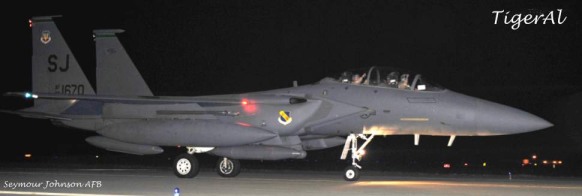[
It really depends on how you want to fly long flights. For me, I navigate using real charts, pilotage, dead reckoning, nav radios ect. I never create a flightplan, and couple the autopilot to the GPS and watch the computer navigate for me. I don't even use the GPS.
Flying cross country flights when you're the one actively navigating, checking your sectional charts, cross referencing the chart vs landmarks on the ground, busy dialing in nav radios and navigating down radials to your checkpoints, calculating your own heading/speed/location, and using your compass and clock makes things a lot more challenging and interesting.
You can still do it in the heavies. File an IFR flightplan, and instead of checking the GPS direct to option, plan your route over VOR stations spaced out 1-2 hundred miles. Don't use the Nav option on the autopilot, and don't even touch or look at the GPS. I'll guarantee you that you won't be as bored...

I've currently flown just under 40 hours on my 'round the world flight, flying from Spokane WA to my current location in the Philippines island. I've only opened the GPS once so far, because I accidentally pushed the wrong window button on my keyboard. It has since been removed from the aircraft. [glow=yellow,2,300]I don't need no stinkin' GPS to fly around the world... [/glow];D


Once you learn to navigate old school, via VOR's & NDB's or just by deadrekoning, you'll never want to use GPS again. The longest flight I did was San Diego, CA to Brooklyn, NY in a Curtis Jenny that took 31 and a half hours long (which I'm still in the process of writing a transcript about my experience), just using the onboard compass, a watch, and a Rand McNally road atlas! But since I've learned to fly using radio nav equipment, I really enjoy flying 3hr flights in GA piston powered aircraft. Nothing like tuneing radio frqs, setting headings, checking the charts, watching the time, and maintaning course, too keep a pilot from getting board

! My 2nd longest flight was a trip to Mt Everest started from my home base in Rapid City, SD in a C208B heading westward. Navigating over land is easy, but once you head out over the water you really got to pay attention (without cheating by looking at the GPS) to stay on course. So the moral of the story is,,,,, if ya don't wanna be bored, learn to fly like you would have to in the real world, cause even thoe this is only a sim, you can still imagine what can happen if you get lost over the ocean, or run out of fuel over a mountain range. But here's the real secret to staying alert (especially if you like doing long hauls in jetliners), I'll choose a failure and set it up this way,,,,,, it's set to go off 20mins after I start the engine(s), and than I set it to the max, 600mins (that's a span of 9hrs&40mins), by the time 20mins have gone by I've already forgotten about it, and hopefully by the time I am landing, nothing has gone wrong. So far i've only incountered minor problems (still relitively rarely), just remember to reset before your next flight (if you saved it), otherwise you will get caught off guard, and then your boredom will really turn into excitement












 ! My 2nd longest flight was a trip to Mt Everest started from my home base in Rapid City, SD in a C208B heading westward. Navigating over land is easy, but once you head out over the water you really got to pay attention (without cheating by looking at the GPS) to stay on course. So the moral of the story is,,,,, if ya don't wanna be bored, learn to fly like you would have to in the real world, cause even thoe this is only a sim, you can still imagine what can happen if you get lost over the ocean, or run out of fuel over a mountain range. But here's the real secret to staying alert (especially if you like doing long hauls in jetliners), I'll choose a failure and set it up this way,,,,,, it's set to go off 20mins after I start the engine(s), and than I set it to the max, 600mins (that's a span of 9hrs&40mins), by the time 20mins have gone by I've already forgotten about it, and hopefully by the time I am landing, nothing has gone wrong. So far i've only incountered minor problems (still relitively rarely), just remember to reset before your next flight (if you saved it), otherwise you will get caught off guard, and then your boredom will really turn into excitement
! My 2nd longest flight was a trip to Mt Everest started from my home base in Rapid City, SD in a C208B heading westward. Navigating over land is easy, but once you head out over the water you really got to pay attention (without cheating by looking at the GPS) to stay on course. So the moral of the story is,,,,, if ya don't wanna be bored, learn to fly like you would have to in the real world, cause even thoe this is only a sim, you can still imagine what can happen if you get lost over the ocean, or run out of fuel over a mountain range. But here's the real secret to staying alert (especially if you like doing long hauls in jetliners), I'll choose a failure and set it up this way,,,,,, it's set to go off 20mins after I start the engine(s), and than I set it to the max, 600mins (that's a span of 9hrs&40mins), by the time 20mins have gone by I've already forgotten about it, and hopefully by the time I am landing, nothing has gone wrong. So far i've only incountered minor problems (still relitively rarely), just remember to reset before your next flight (if you saved it), otherwise you will get caught off guard, and then your boredom will really turn into excitement